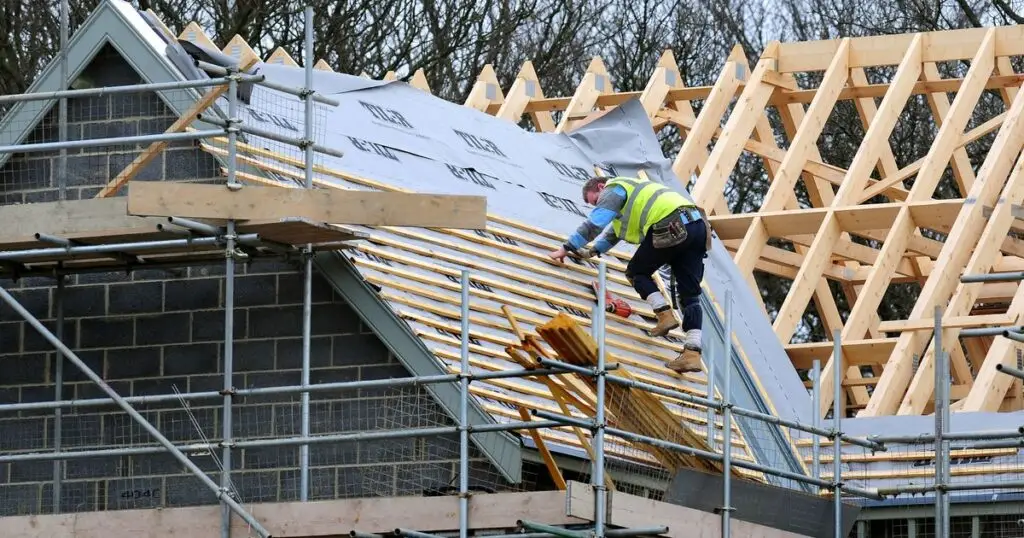The number of new home approvals in the United Kingdom has plummeted to its lowest level in a decade, presenting significant challenges to the government’s ambitious housebuilding targets.
The Home Builders Federation (HBF) has revealed that only 53,379 new homes were approved in the three months leading up to June, the lowest quarterly total since 2014. Over the year to June, approvals fell by 12 per cent to just over 230,000 units, the lowest figure for any 12-month period in the last decade.
This decline, according to HBF, is a direct result of the previous government’s approach to house building, particularly with respect to planning. Permissions for both building sites and actual homes in England have been on a downward trajectory for the past two years. Neil Jefferson, chief executive of the industry group, remarked that the decline ‘starkly illustrates the challenge the new Government faces to boost housing supply’.
The most significant decreases were observed in London and the East Midlands, where approvals fell by more than 40 per cent in the last year. The new government has prioritised housebuilding within its economic agenda, pledging to construct 1.5 million new homes over the course of the parliament. This ambitious target would require annual housebuilding rates to soar to levels not seen since the late 1960s.
In an effort to meet these targets, the government has introduced substantial reforms to the planning system, including the reintroduction of mandatory targets for local authorities and a review of the green belt. Nevertheless, industry experts remain skeptical about Labour’s capacity to meet these housing objectives.
The HBF has pointed out that planning permissions would need to increase by 55% to achieve the annual goal of 370,000 new homes. The Resolution Foundation has also highlighted that the last time yearly housebuilding rates approached government targets, social housing comprised two-fifths of all new properties.
The UK’s ongoing housing crisis is largely attributed to an insufficient housing supply. Currently, the average UK property is valued at 8.3 times the average annual wage, a steep rise from 4.5 times in 2002. From 1970 to 2023, there has been a 46% decrease in the construction of new homes, as documented by Britain in a Changing Europe.
The significant drop in new home approvals underscores the formidable challenges facing the UK government in meeting its housing targets. Substantial reforms and increased planning permissions will be crucial in addressing the housing supply crisis and achieving the ambitious goals set forth.


